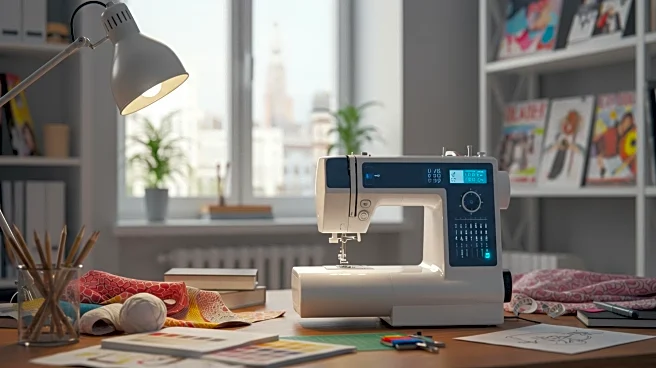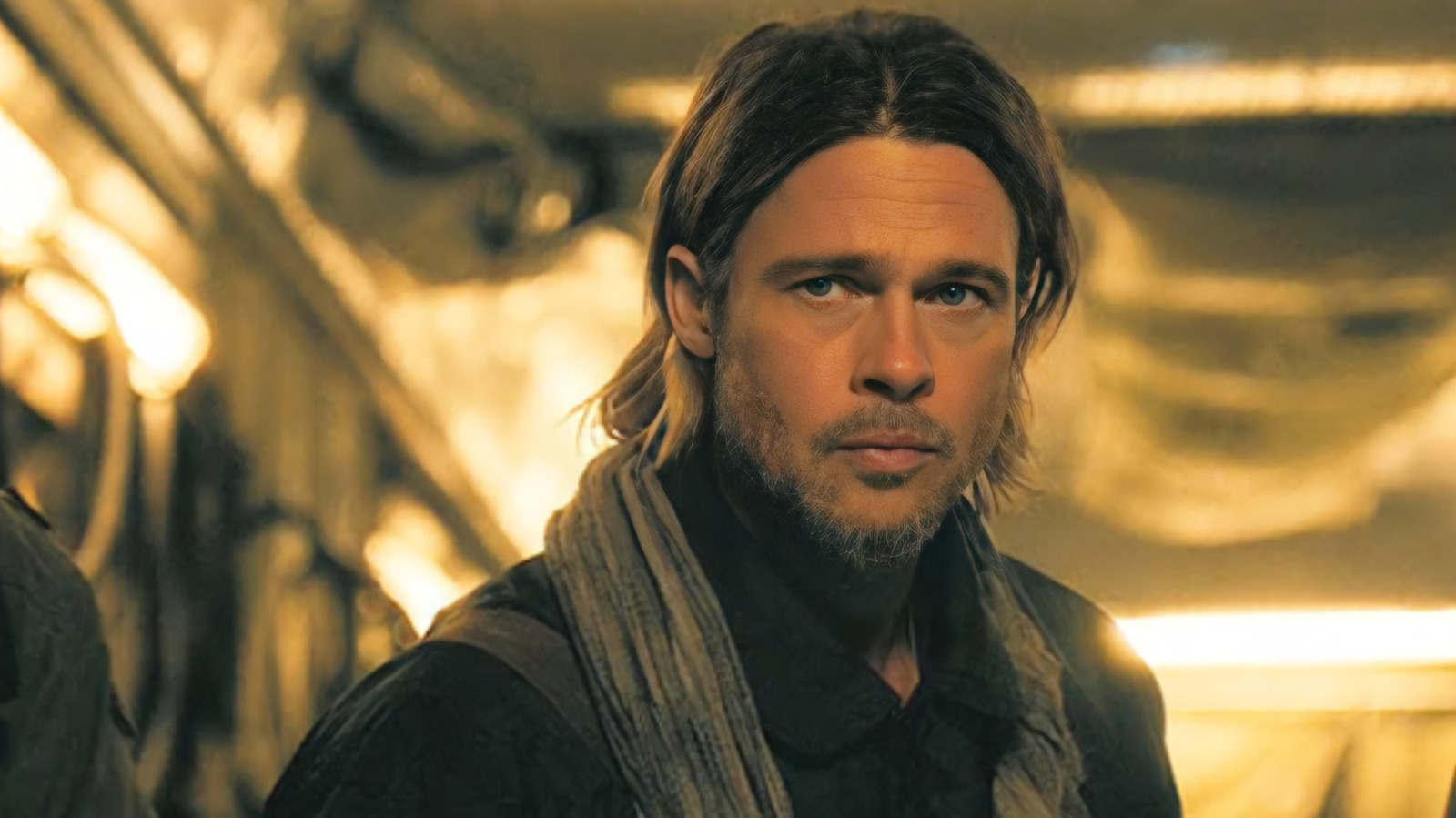What's Happening?
Be Inthavong, the fashion designer known for his work on the latest season of 'The White Lotus,' will be speaking at Seriesly Berlin, an event dedicated to exploring the intersection of series and fashion. The event, scheduled from September 15 to 18, will feature Inthavong as part of the panel 'Dressed to Impress: Fashion as a Narrative Force.' His collaboration with the art department of 'The White Lotus' season three, filmed in Thailand, involved creating elegant kaftans and signature textiles that contributed significantly to the show's visual storytelling. The panel will delve into how designers and fashion brands utilize series as creative platforms, transforming product placement into cultural currency, and how series makers can benefit from stylish, story-driven collaborations. This discussion is part of a broader exploration of how series set trends in fashion, interiors, and lifestyle culture.
Why It's Important?
The integration of fashion into television series like 'The White Lotus' highlights the growing influence of visual storytelling in shaping cultural trends. By using fashion as a narrative tool, designers like Be Inthavong can enhance the storytelling experience, making it more immersive and culturally resonant. This trend signifies a shift in how fashion is perceived, not just as clothing but as a vital component of narrative art. The discussions at Seriesly Berlin could influence future collaborations between fashion designers and series creators, potentially leading to new opportunities for creative expression and cultural impact. This approach also reflects the evolving nature of product placement, where fashion becomes a part of the narrative rather than just a backdrop, offering brands a unique way to engage with audiences.
What's Next?
The insights shared at Seriesly Berlin could pave the way for more innovative collaborations between the fashion and television industries. As designers and series creators explore new ways to integrate fashion into storytelling, we may see an increase in series that use fashion as a central narrative element. This could lead to more strategic partnerships and creative projects that push the boundaries of traditional storytelling. Additionally, the event may inspire other designers to consider how their work can contribute to narrative art, potentially leading to a broader acceptance of fashion as a storytelling medium.
Beyond the Headlines
The discussions at Seriesly Berlin may also touch on ethical considerations in fashion and storytelling, such as representation and cultural sensitivity. As fashion becomes more integrated into narrative art, there is an opportunity to address issues of diversity and inclusion, ensuring that the stories told through fashion are reflective of a wide range of experiences and identities. This could lead to a more inclusive approach to both fashion design and series production, fostering empathy and understanding through shared narratives.













